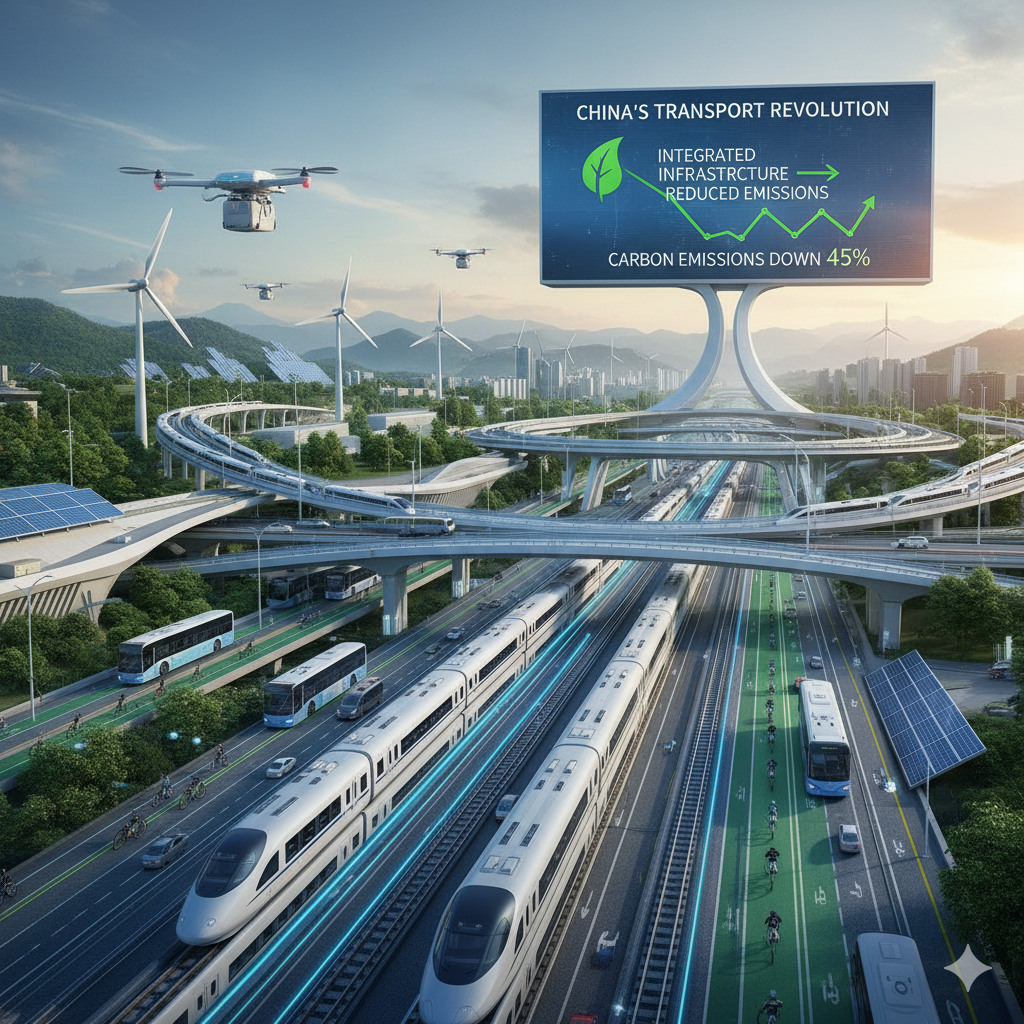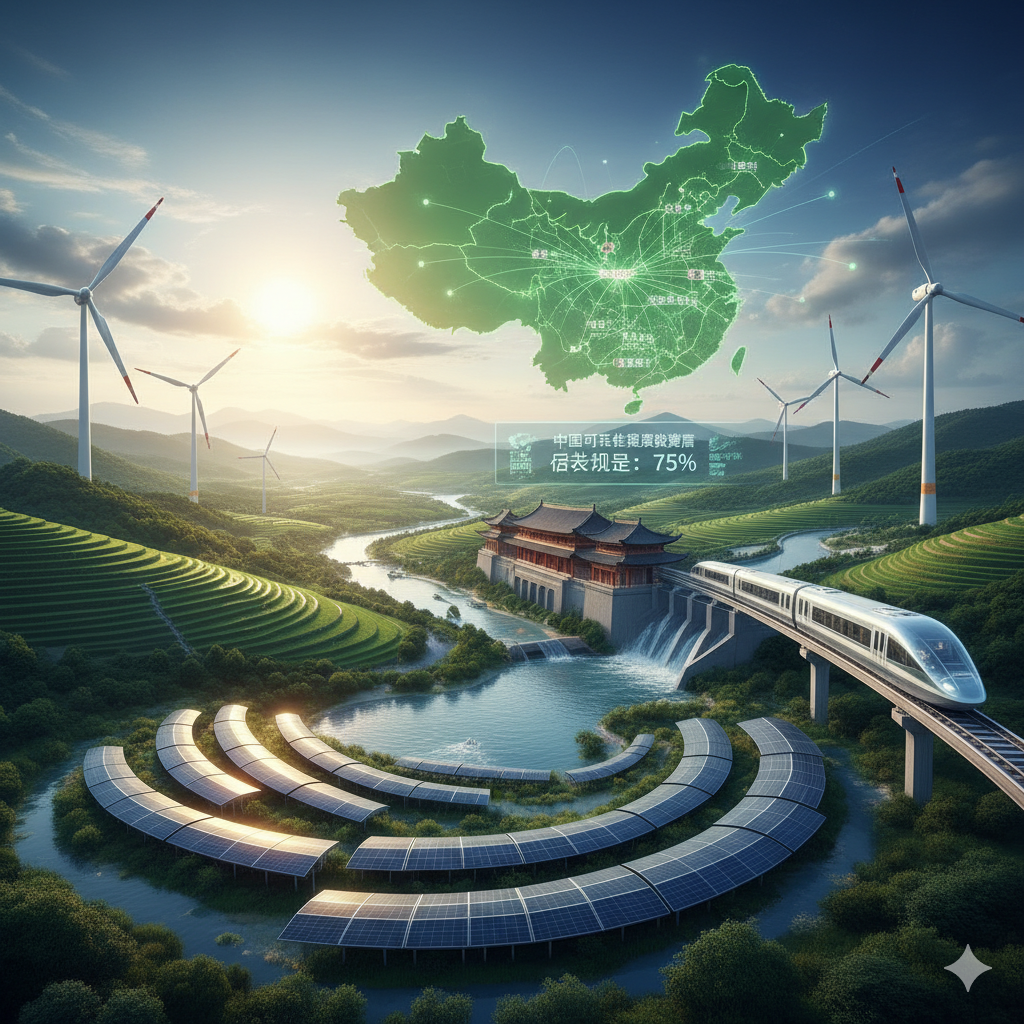HVAC Systems: From Building Scale to City Scale – A Comprehensive Guide

Introduction
Heating, Ventilation, and Air Conditioning (HVAC) systems are integral to modern infrastructure, ensuring thermal comfort and air quality in various settings. As urbanization accelerates, the role of HVAC systems expands from individual buildings to entire cityscapes, influencing energy consumption, environmental sustainability, and public health.
HVAC Systems at the Building Scale
1. Overview of Building-Scale HVAC Systems
At the building level, HVAC systems are designed to regulate indoor environments, providing heating, cooling, and ventilation tailored to the occupants’ needs. These systems vary based on building size, function, and occupancy patterns.
2. Key Components
-
Heating Units: Furnaces, boilers, and heat pumps that provide warmth during colder periods.
-
Cooling Units: Air conditioners and chillers that remove heat to maintain comfortable temperatures.
-
Ventilation Systems: Ensure the circulation of fresh air, removing indoor pollutants and maintaining air quality.
-
Control Systems: Thermostats and building management systems (BMS) that regulate HVAC operations.onehourairphx.com
3. Advanced Technologies
-
Variable Air Volume (VAV) Systems: Adjust airflow based on demand, enhancing energy efficiency and comfort. Wikipedia
-
Variable Refrigerant Flow (VRF) Systems: Allow for individualized temperature control in different zones, improving comfort and reducing energy consumption. Wikipedia
-
Heat Recovery Ventilation (HRV): Recovers heat from exhaust air to precondition incoming fresh air, reducing energy usage. Wikipedia+1bcrcheating.com+1
-
Demand-Controlled Ventilation (DCV): Modulates ventilation rates based on occupancy and indoor air quality metrics, optimizing energy use. Wikipedia+1Wikipedia+1
4. Energy Efficiency and Sustainability
Modern HVAC systems incorporate energy-efficient components and smart controls to minimize energy consumption. Implementing zoning, utilizing high-efficiency equipment, and integrating renewable energy sources contribute to sustainable building operations.bcrcheating.com+1onehourairphx.com+1
HVAC Systems at the City Scale
1. Introduction to City-Scale HVAC
As urban areas grow, centralized HVAC solutions become essential for managing energy use and maintaining environmental quality across multiple buildings and districts.
2. District Heating and Cooling Systems
District systems provide centralized heating or cooling to multiple buildings through a network of insulated pipes.Wikipedia+2Wikipedia+2bcrcheating.com+2
-
District Cooling: Delivers chilled water to buildings for air conditioning, often using seawater or other natural sources for cooling. Wikipedia
-
District Heating: Supplies heat generated from centralized plants to buildings, improving efficiency and reducing emissions.bcrcheating.com
3. Integration with Smart City Infrastructure
City-scale HVAC systems are increasingly integrated with smart city technologies, enabling:
-
Predictive Maintenance: Utilizing sensors and data analytics to anticipate system failures and schedule maintenance proactively.
-
Energy Optimization: Adjusting operations based on real-time data, weather forecasts, and occupancy patterns to enhance efficiency.
-
Renewable Energy Integration: Incorporating solar, wind, and other renewable sources to power HVAC systems, reducing reliance on fossil fuels. MDL Solutions
4. Case Studies
-
Polk County Administration Building: Upgraded to an electric HVAC system to reduce greenhouse gas emissions by 90% by 2040. Axios
-
Singapore’s Marina Bay: Implemented a district cooling system supplying chilled water to multiple buildings, enhancing energy efficiency. Wikipedia
Benefits of Scaling HVAC Systems
1. Energy Efficiency
Centralized systems reduce redundancy, optimize energy use, and lower operational costs.
2. Environmental Impact
Efficient HVAC systems contribute to reduced greenhouse gas emissions and support climate goals.bcrcheating.com
3. Economic Advantages
Lower energy bills, reduced maintenance costs, and potential incentives for sustainable practices offer economic benefits.
4. Enhanced Comfort and Health
Improved air quality and consistent indoor temperatures enhance occupant comfort and well-being.bcrcheating.com+1onehourairphx.com+1
Challenges and Considerations
1. Infrastructure Investment
Implementing city-scale HVAC systems requires significant upfront investment in infrastructure and technology.
2. System Integration
Ensuring compatibility between various technologies and existing systems is crucial for seamless operation.
3. Regulatory Compliance
Adhering to standards like ASHRAE 90.1 ensures energy efficiency and environmental responsibility. Wikipedia
Conclusion
HVAC systems are pivotal in shaping sustainable, comfortable, and energy-efficient environments from individual buildings to entire cities. Embracing advanced technologies and integrated approaches enables communities to meet the challenges of urbanization and climate change effectively.Wikipedia





